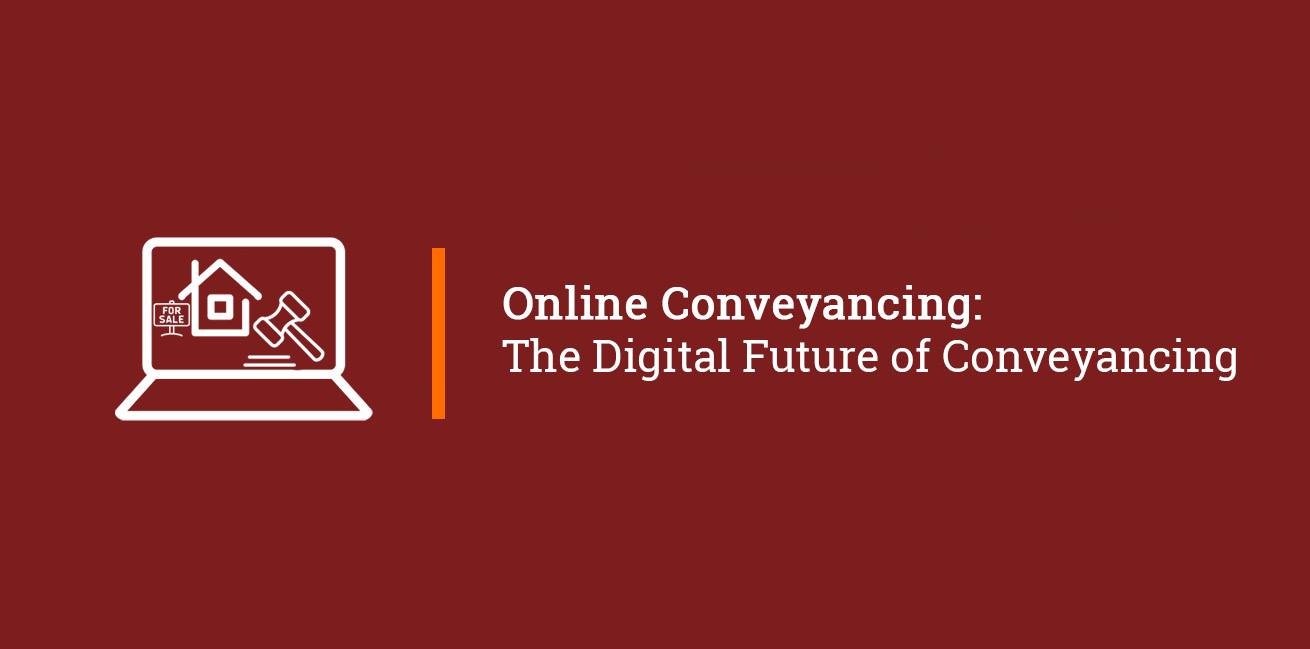Online Conveyancing: The Digital Future of Conveyancing
The Conveyancing Association, which represents around 100 UK conveyancing firms, has this week published a manifesto of their vision to improve the process of buying a house in England and Wales. Some of the priorities identified in the manifesto are; reform for leasehold, streamlining rules on money laundering and a strong emphasis on a push towards online conveyancing.
The association of lawyers is also proposing a more cost effective and relevant version of the Home Information Pack (HIP), which was introduced in 2007 but abandoned a few years later, known as ‘skinny electronic home reports’.

Is Electronic Conveyancing more Efficient?
It is reported by the association that conveyancing transaction times in England and Wales average between 12 and 14 weeks which creates an overall dissatisfaction for consumers as to the speed, transparency and certainty of the home buying and moving process.
When compared to other jurisdictions such as Scotland, and even further afield in Australia and the United States, home buying is much speedier and the provision of information upfront in the process is endemic.
Earlier this year in August, the digital future became a reality when the first electronic exchange of contracts for conveyancing took place in Australia. This was achieved by the implementation of a ‘middleware system’ which linked the conveyancer’s case management system with outside agencies thereby achieving the successful exchange of contracts digitally.
Steps Towards a new Online Conveyancing Service
The manifesto published this week proposes a number of steps towards the successful creation of a collaborative, data sharing and digitized ‘home moving service’. These include:
- Ensuring that for every transaction, one stakeholder would be made responsible for anti-money laundering identification of all parties in a bid to prevent unnecessary duplication and improve overall security, thereby reducing the cause of the current delay and frustration in the process.
- Creation of so called ‘skinny e-home reports’ which collate property and title information and identify missing documentation from the outset, ensuring that search results are available at the point of marketing.
- Proposals to adopt the system as in the United States whereby there is a legal commitment on an ‘offer’ accompanied by a cooling off period of five days.
- A review of the standard conditions of sale to ensure that completion funds are sent the day prior to completion, to provide a level of certainty on the day of completion.
- Amendments to the current Commonhold and Leasehold Reform Act 2002 in order to try and resolve the unreasonable costs and delays that accompany the process of leasehold sales.
With specific regard to electronic conveyancing, the report makes reference to significant progress in many countries particularly Denmark and Australia. Whilst it could be argued that some of the ideas expressed in the Association’s manifesto are a little too progressive, we are reminded that going back less than twenty years, the idea that solicitors would be liaising with their clients routinely via email was absurd. Suddenly the case for online conveyancing seems far less shocking.
The emergence of this report this week, and the proliferation of many others like it is a clear sign of the direction in which the legal profession is moving. There is growing momentum and it is not unexpected, other markets have already adapted and fully embraced digitization.
The increasing shift towards technologies and systems like online conveyancing has prompted LawBid to recognise and address the desire for enhanced communication between client and solicitor and the demand for an easier, digitised system which fits neatly into people’s lives.


